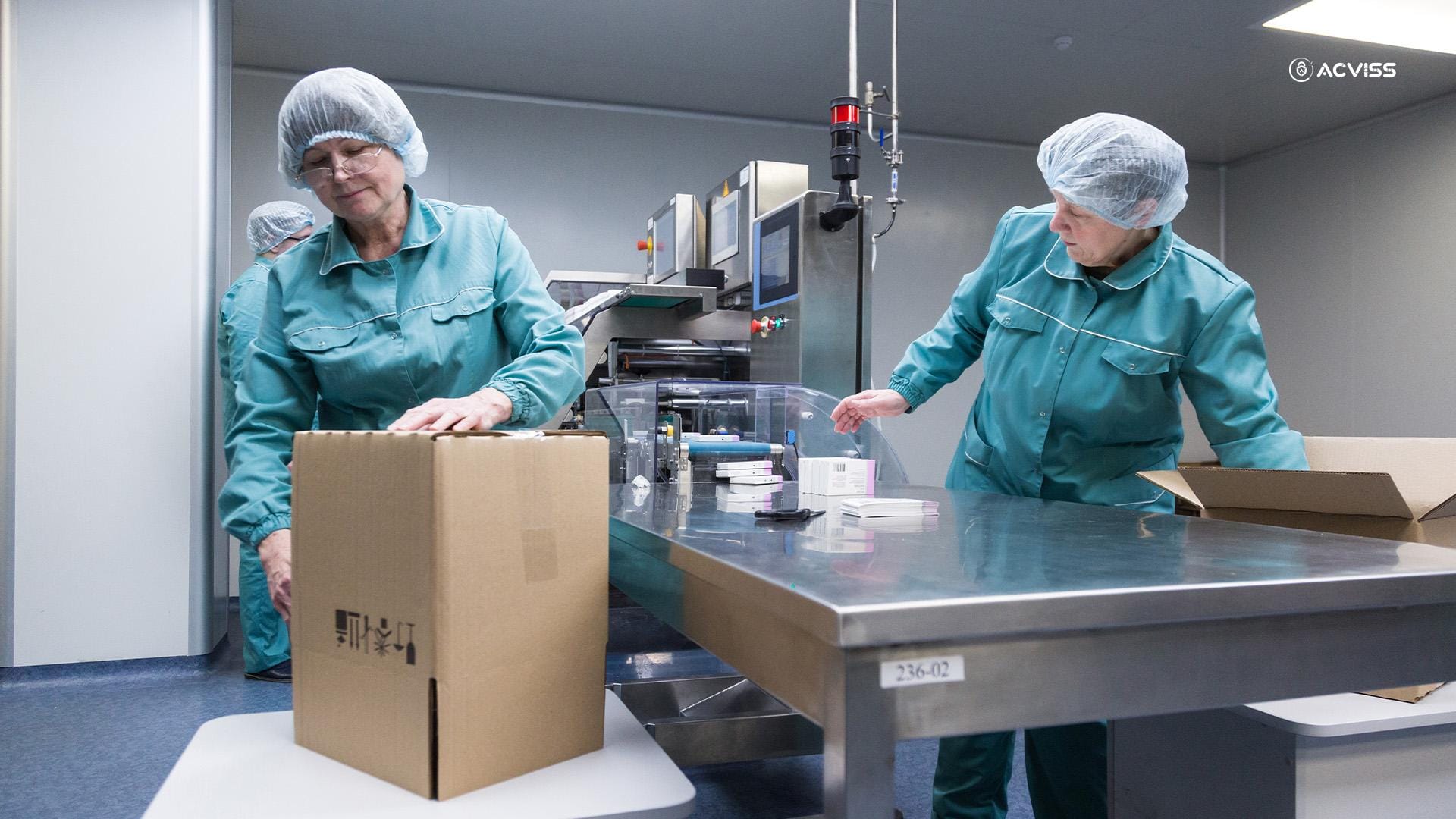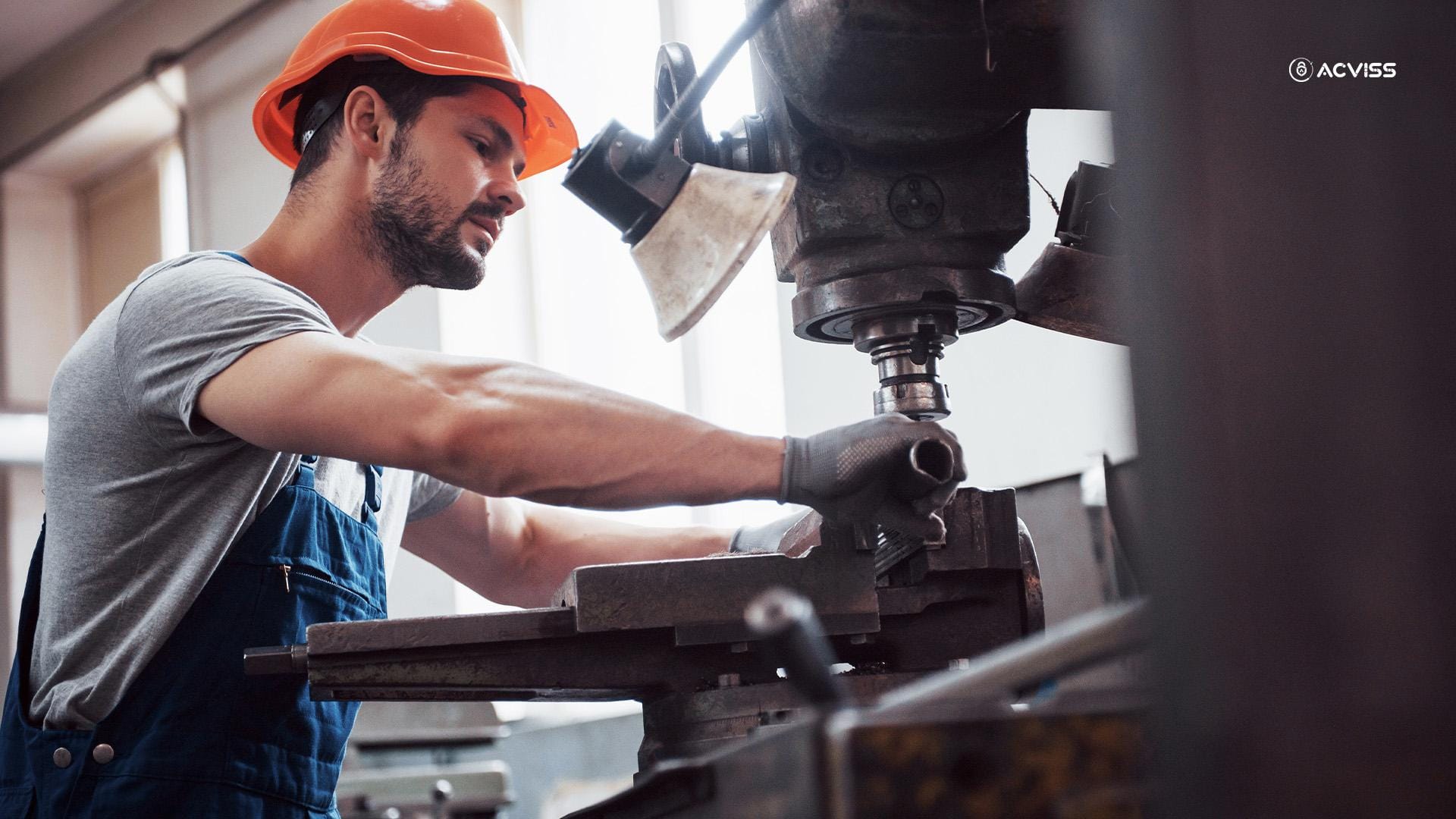Exploring Different Production Methods: Which One Fits Your Business Needs

As a business, how you make your product is just as critical as what you make. The production method you choose defines more than just your output; it shapes your costs, scalability, efficiency, quality, and brand identity.
A fast-fashion brand running weekly drops doesn’t operate the same way a craft distillery does. A small-batch ceramics studio can’t adopt the same systems as a global electronics manufacturer. Every business has its DNA, and the production model should reflect that.
Yet most businesses choose their production method by default. They follow industry norms or what their competitors are doing without deeply examining what suits their product, market, and ambitions. That’s where they lose the edge.
In this blog, we break down the major types of production methods, their pros and cons, real-world examples, and how to assess what’s right for your business.
The Four Major Production Methods
Let’s start with the fundamentals. Most production systems fall under one of the following categories:
- Job Production (One-off production)
- Batch Production
- Mass Production (Flow production)
- Continuous Production
Each method brings a unique approach to efficiency, customisation, and cost. But before you adopt any of them, you need to ask: what are you producing, at what scale, and for what market?
Let’s break each one down.
1. Job Production: Made for the One

Definition:
Job production involves producing one complete product at a time, often tailor-made to customer specifications. Every item is different.
Best for:
- Custom furniture
- Luxury fashion and jewellery
- Bespoke software solutions
- Artistic and craft-based businesses
How it works:
In job production, a team or individual works on a single item from start to finish. The process typically begins with client consultation, followed by design, material sourcing, and handcrafting. Production rarely overlaps between products, ensuring full attention on one job at a time. This results in a high-quality, unique item, but requires more time and effort than other methods.
Real-world example:
Sabyasachi, the Indian luxury fashion label, doesn’t mass-produce. Every bridal lehenga is created based on specific customer preferences, with artisans involved at every stage. The result: exclusivity, heritage appeal, and high brand equity.
Advantages:
- Highly customisable
- Strong customer satisfaction
- Allows high pricing due to exclusivity
- Ideal for skilled labour and craftsmanship
Disadvantages:
- Low economies of scale
- Slower turnaround times
- Higher costs per unit
- Limited scalability
Consider this if…
Your brand identity is built on storytelling, exclusivity, and craftsmanship. Job production is ideal when you cater to a premium audience that values uniqueness over affordability.
2. Batch Production: Flexibility at Scale

Definition:
Batch production involves manufacturing a specific quantity of a product in groups or batches. Each batch goes through a production stage before the next begins. It balances efficiency with variety.
Best for:
- Bakeries and food production units
- Apparel brands with seasonal lines
- Cosmetics and skincare companies
- Pharmaceutical products
How it works:
In this method, products are made in sets. For example, a bakery might bake 200 loaves of bread, clean the equipment, and then bake 300 cookies. The same setup can be reused with minimal changeovers, allowing manufacturers to maintain quality while offering some product variety. Batch production is ideal for handling fluctuating demand and adjusting batch sizes accordingly.
Real-world example:
Amul, India’s largest dairy brand, uses batch production for various product lines, including butter, cheese, and ice cream. Each batch can be produced based on demand, and adjustments can be made for flavours or sizes without halting the entire system.
Advantages:
- Balances variety and efficiency
- Economies of scale are possible
- Lower wastage than job production
- Flexible to demand fluctuations
Disadvantages:
- Downtime between batches
- Fast fashion challenges
- Risk of inconsistency between batches
- Still labour-intensive compared to full automation
Consider this if…
You want moderate flexibility while maintaining economies of scale. Batch production is perfect for growing businesses introducing product lines or seasonal ranges.
3. Mass Production: Speed and Volume

Definition:
Mass production is the continuous manufacturing of large quantities of standardised products using assembly lines or automated systems. The goal is to maximise volume and minimise cost per unit.
Best for:
- Consumer electronics
- Automobiles
- Packaged FMCG products
- Fast fashion
How it works:
Mass production involves a highly organised system where tasks are broken into smaller steps and performed by machines or workers at different stations. It relies heavily on automation, robotics, and standardised parts. Once a production line is set up, it can produce thousands or millions of identical products efficiently, with minimal deviation.
Real-world example:
Tata Motors, a leading Indian automobile manufacturer, relies on mass production to build vehicles at scale. Using advanced automation and a streamlined supply chain, Tata is able to maintain consistency across large volumes, catering to both domestic and international markets.
Advantages:
- Extremely cost-efficient per unit
- High consistency and quality control
- Minimal human intervention needed
- Scalable and fast
Disadvantages:
- Very high initial capital investment
- Inflexible to market changes or customisation
- Monotonous work for labour
- Heavy dependency on demand stability
Consider this if…
Your product has broad market appeal, and you need to produce large volumes to stay competitive. This model works best when market conditions are stable, and you’ve validated long-term demand.
4. Continuous Production: Non-Stop, Non-Variable

Definition:
Continuous production is used for goods that need to be manufactured 24/7 without interruption. It’s highly automated and designed for products with constant demand and uniform composition.
Best for:
- Petroleum and chemical products
- Steel and cement
- Power generation
- Bottled water, soft drinks, and packaged gases
How it works:
Unlike batch or mass production, continuous production doesn't stop. Machines operate around the clock, and materials are fed into the system in a constant flow. These setups are tightly controlled with real-time monitoring and automated quality checks. Because downtime can result in huge financial and safety risks, maintenance is planned meticulously.
Real-world example:
Reliance Industries operates the Jamnagar Refinery, the world’s largest oil refining complex. This refinery runs nonstop and processes crude oil into petrol, diesel, and other petrochemical products with minimal downtime. Interruptions are not only expensive but logistically risky.
Advantages:
- Maximum efficiency and output
- Lower human error due to automation
- Ideal for maintaining consistent inventory levels
- Most cost-effective for high-volume production
Disadvantages:
- Enormous setup and maintenance costs
- Requires high technical expertise
- Very rigid, not ideal for product diversification
- Vulnerable to systemic breakdowns
Consider this if…
Your business operates in an industry where product uniformity and volume are essential, and even a minor stoppage could result in massive losses.
Hybrid and Emerging Models
In reality, few businesses strictly follow a single method. Many modern manufacturers use a hybrid model that blends various approaches depending on product lines, geographies, or customer preferences.
- Flexible Manufacturing Systems (FMS): Allows manufacturers to quickly shift between different product types using robotic arms and modular machinery. Common in electronics and automotive parts manufacturing.
- 3D Printing/Additive Manufacturing: Enables small-batch, precise production for customised goods like medical devices, jewellery, or aerospace components.
- On-Demand Production: Companies like Printful or Zazzle print or produce goods only after an order is received. This drastically reduces storage needs and is growing popular among D2C apparel and gifting brands.
These models thrive in industries where speed, customisation, and waste reduction are becoming competitive differentiators.
Choosing the Right Method for Your Business

To make an informed decision, assess your business across these core dimensions:
- Product Complexity and Customisation Needs: Is your product standardised, or does each unit differ?
- Market Size and Demand Predictability: Do you have recurring demand, or does it fluctuate heavily by season or trend?
- Capital and Resource Availability: Do you have funds to invest in machinery or need to rely on manual processes?
- Scalability Goals: Are you planning to expand nationally or globally? Can your current process scale accordingly?
- Operational Agility: How fast can you switch products, respond to feedback, or adopt innovation?
- Brand Positioning: Are you building a premium, craft-based brand, or are you competing on price and volume?
Let’s say you’re a skincare startup. You might start with batch production, making limited product lines and experimenting with formulations. As you grow and find product-market fit, you may shift to mass production for your bestsellers while retaining small batches for seasonal or premium ranges.
Or maybe you’re a craft coffee company. You’ll likely stay within job or batch production zones because your identity relies on sourcing, roasting, and personalisation.
There is no universal right answer, only the right one for you at a given stage.
Factor | Job Production | Batch Production | Mass Production | Continuous Production |
|---|---|---|---|---|
Customisation | High | Medium | Low | None |
Cost per Unit | Very High | Medium | Low | Very Low |
Flexibility | High | High | Low | None |
Scalability | Low | Medium | High | Very High |
Speed | Slow | Medium | Fast | Fastest |
Investment Needed | Low | Medium | High | Very High |
Building Trust into Your Production Model
Whichever production method you choose, building trust and traceability into your system is non-negotiable. As counterfeiting and grey market sales become more sophisticated, brands must protect their IP and ensure consumers are getting exactly what they paid for.
That’s where Acviss comes in, offering smart, scalable solutions like Origin that allow QR-based authentication and traceability across the supply chain. Helping businesses secure their supply chain, verify products in real-time, and safeguard brand reputation.
Production is a Strategic Lever
Too often, production is seen as a background operation, something you fix once and forget. But the smartest companies treat production as a core part of strategy.
Tesla uses mass production, but with constant iterative changes to software and features. Nike integrates batch production with supply chain data to deliver region-specific stock. Lenskart uses a flexible model to produce made-to-order prescription lenses at scale.
If your production model doesn’t evolve with your market, you’re losing money and possibly putting your business at risk.
So take a step back.
Re-evaluate how your product is made. Revisit your growth ambitions. Talk to your operations team and your customers. And remember, the right production method isn’t just about making things efficiently.
It’s about building a business that lasts.
Need help aligning your production strategy with your brand goals? Reach out to us today.
